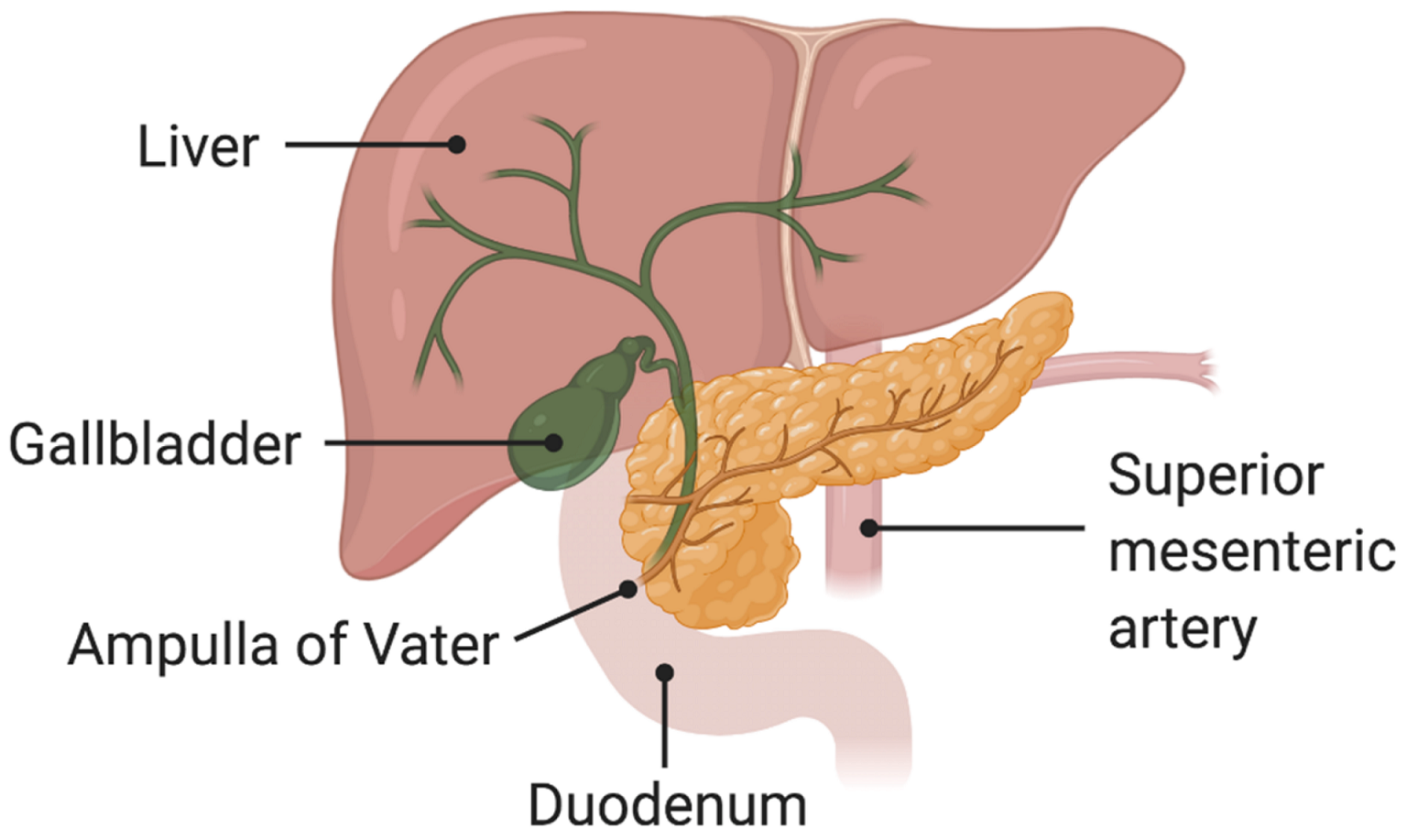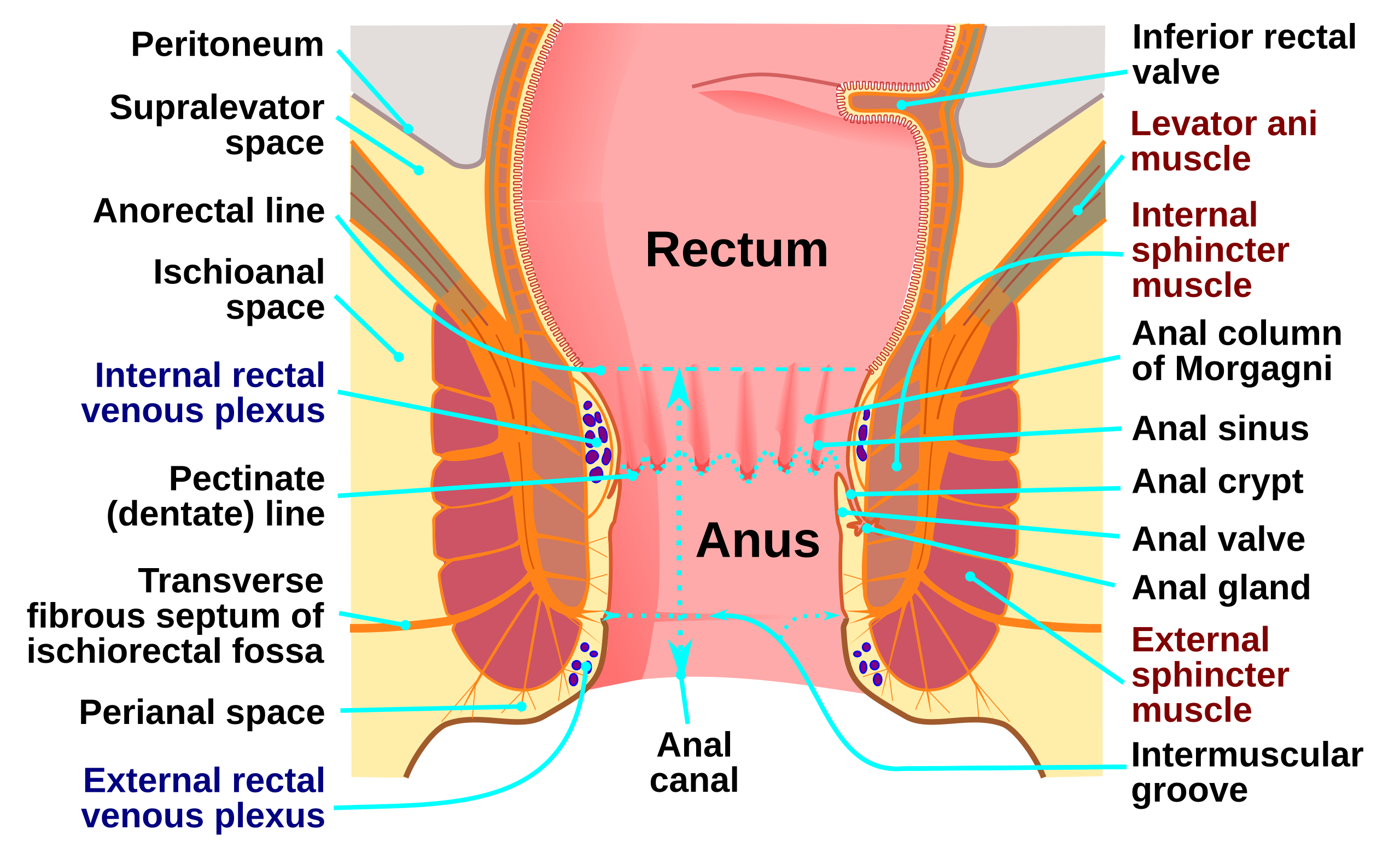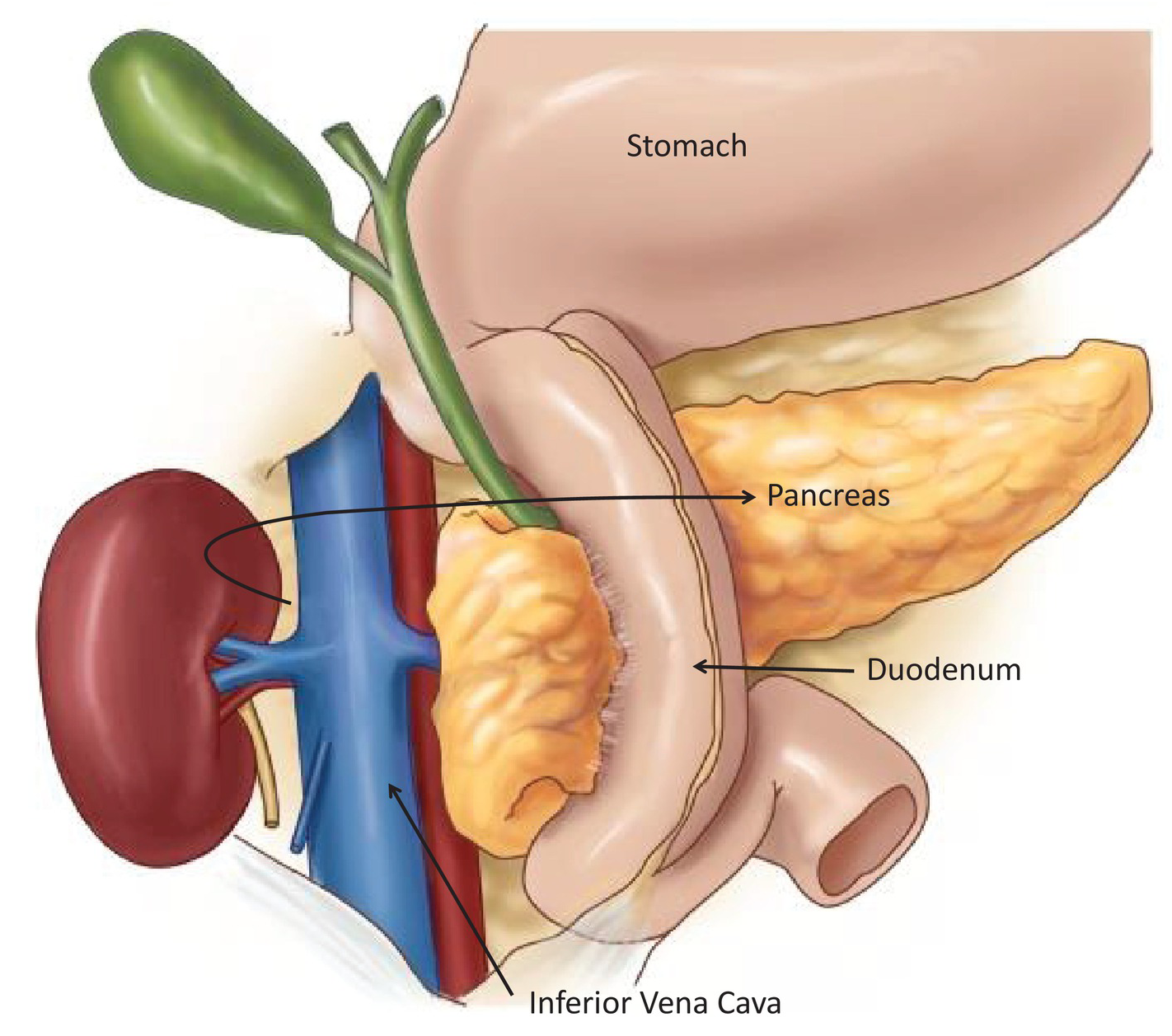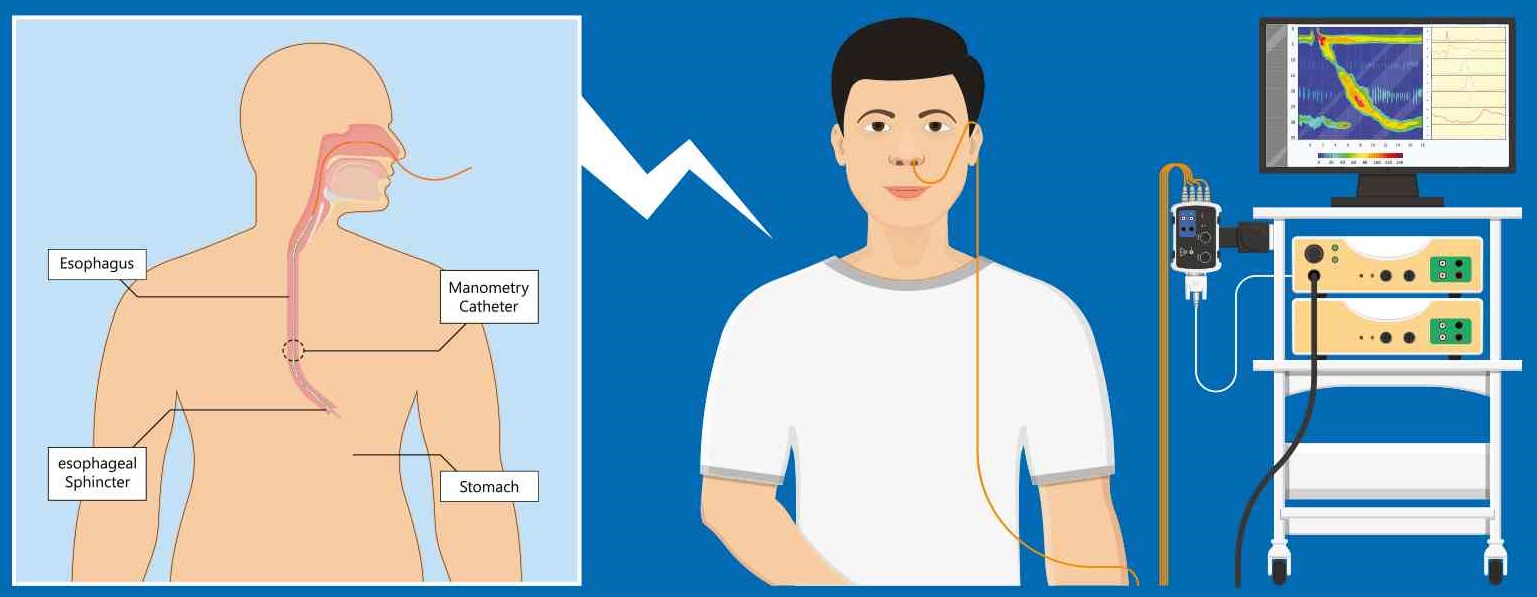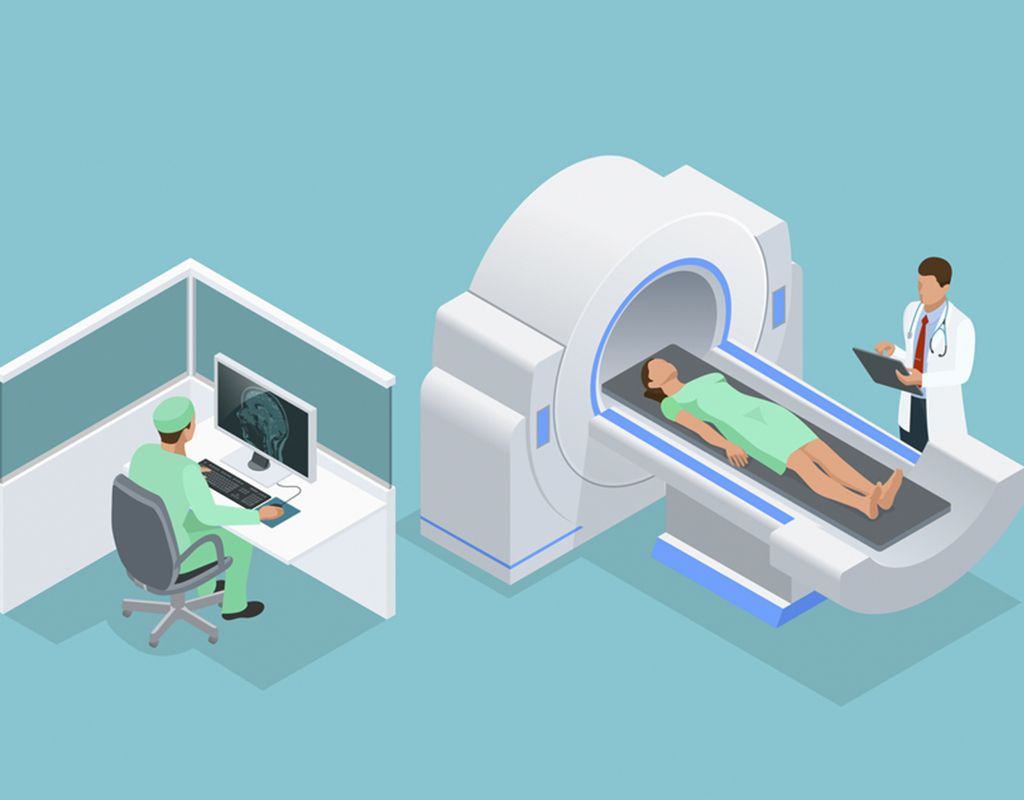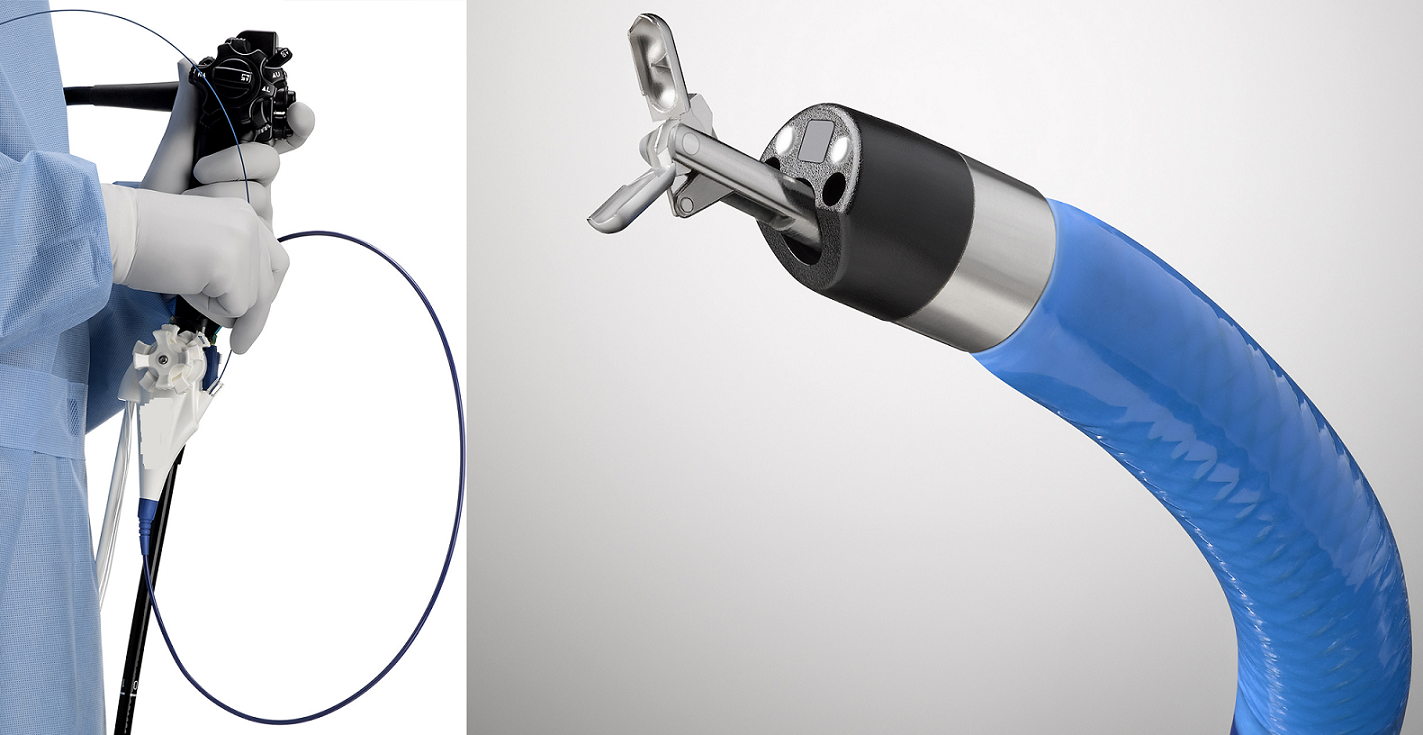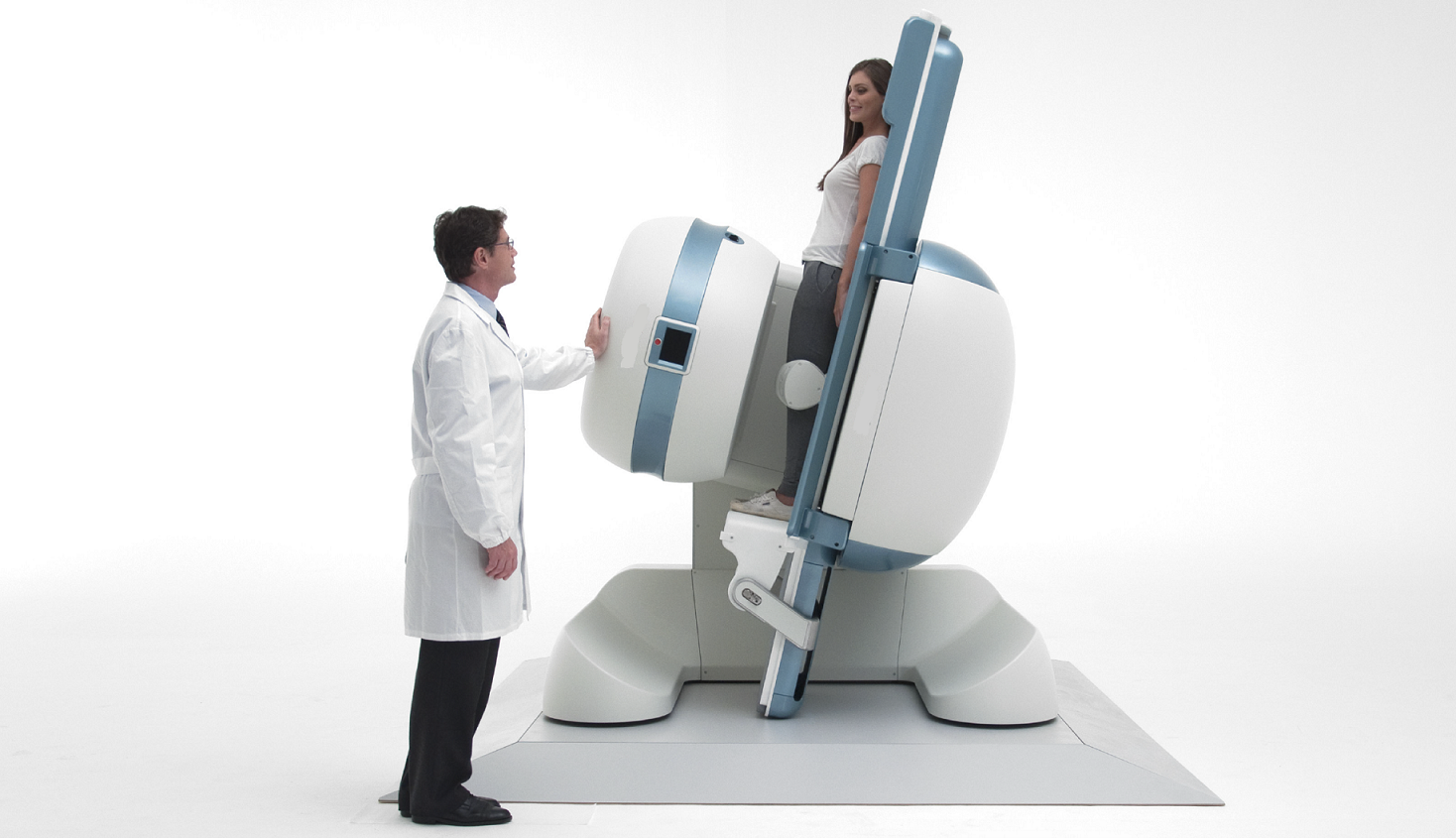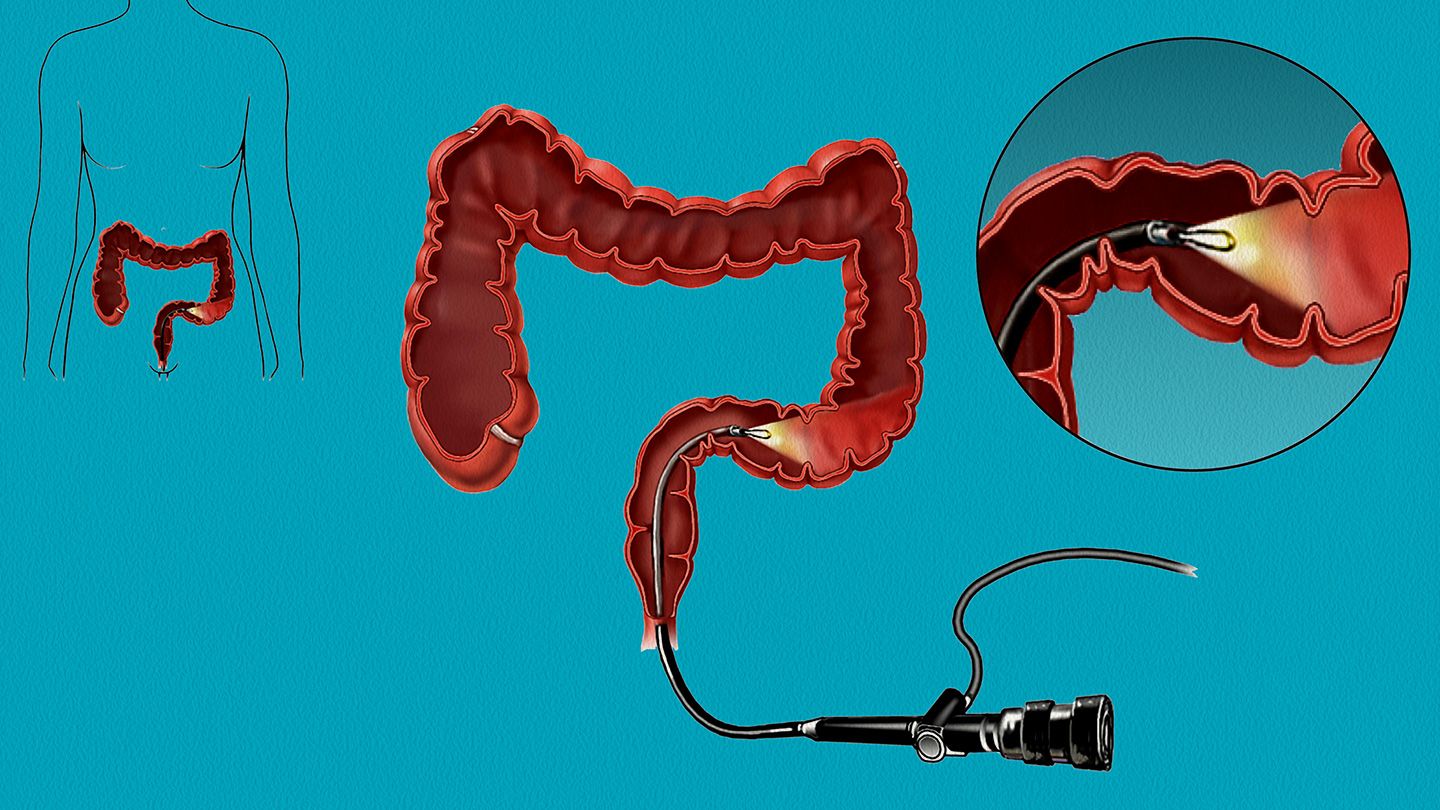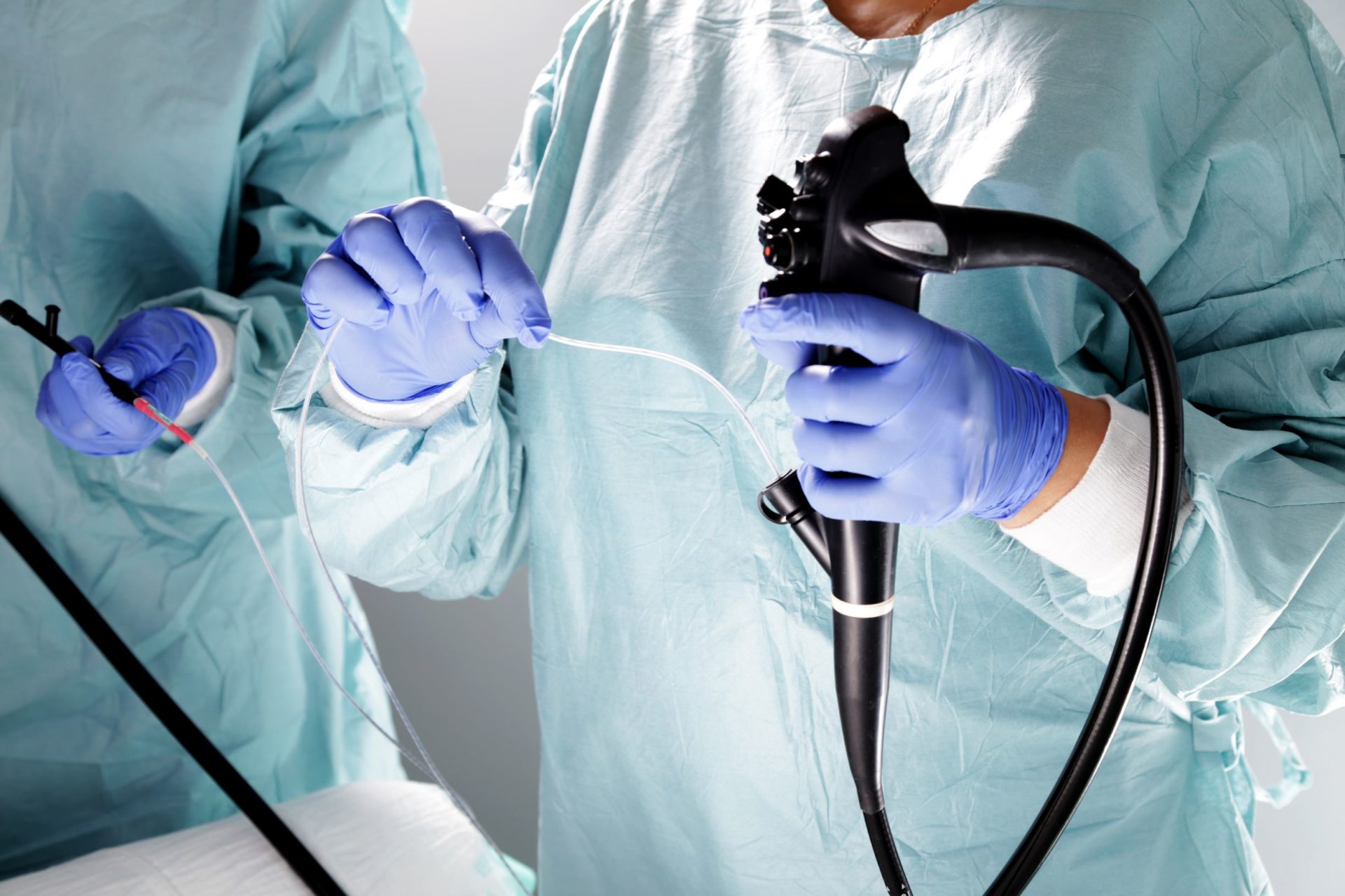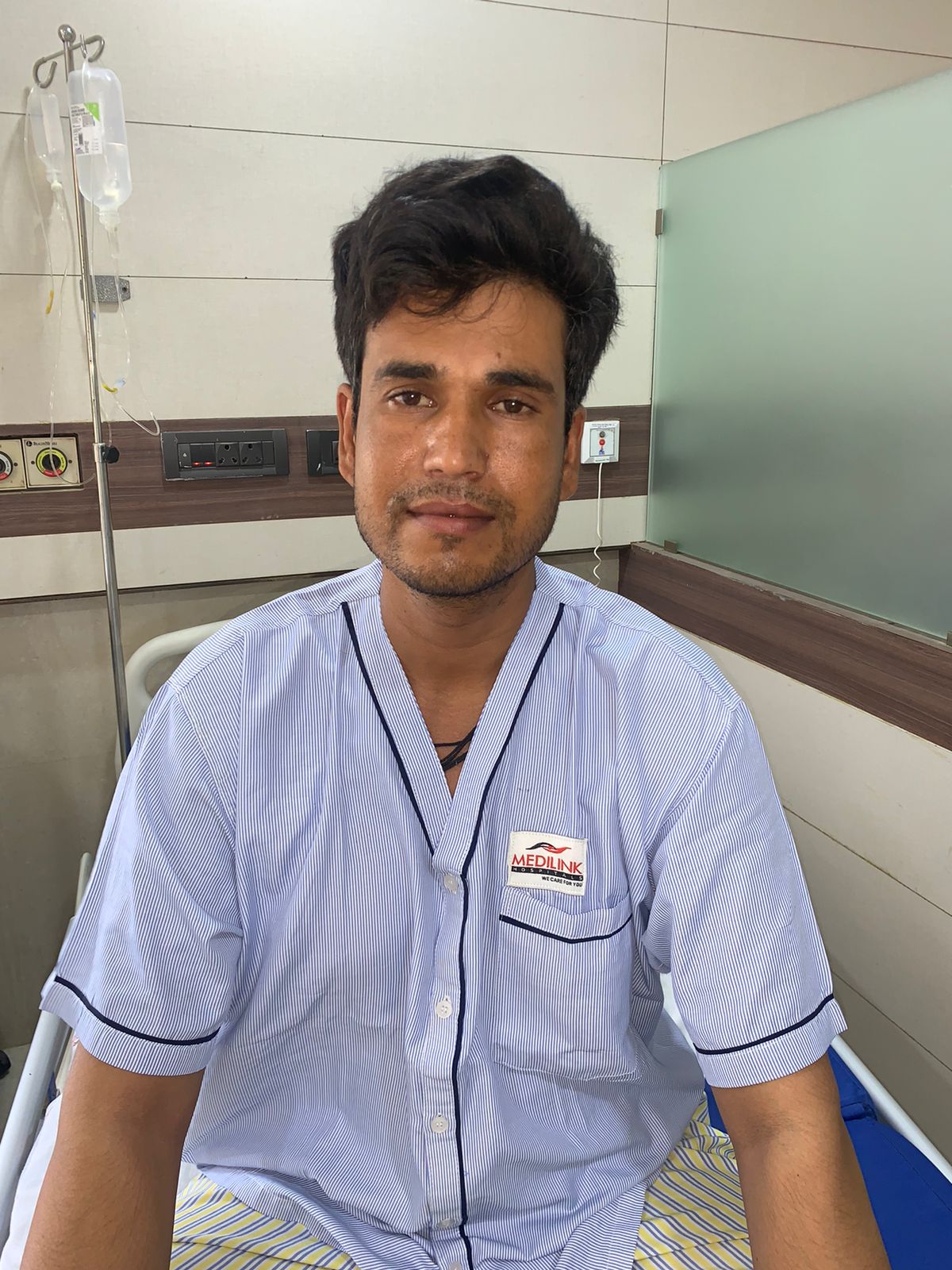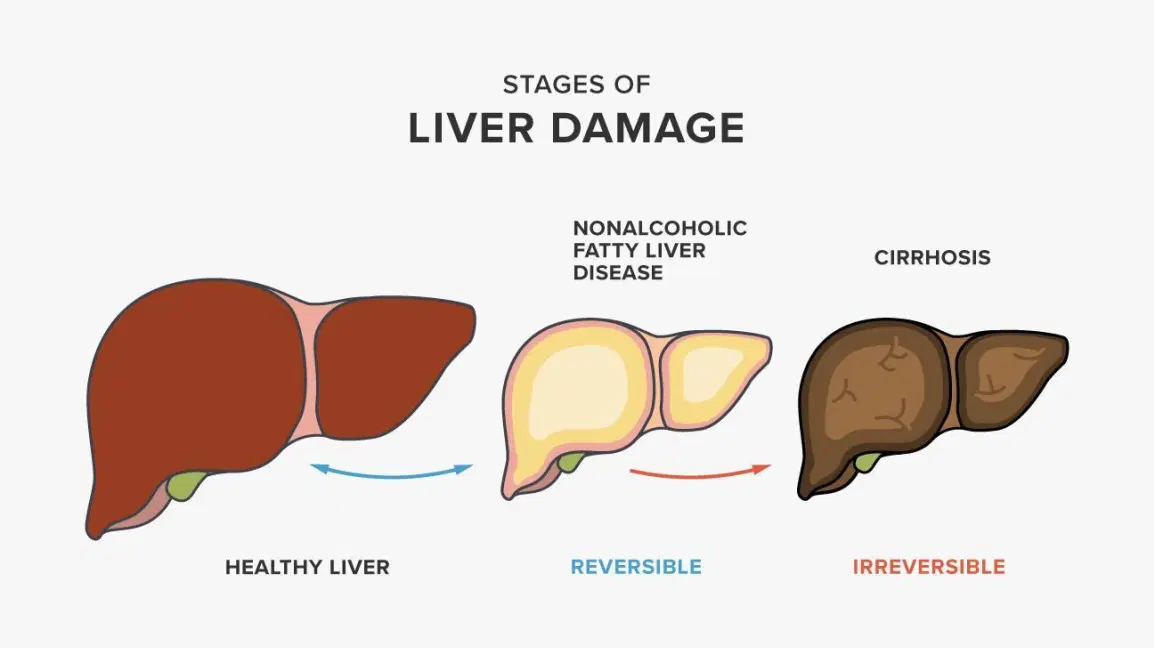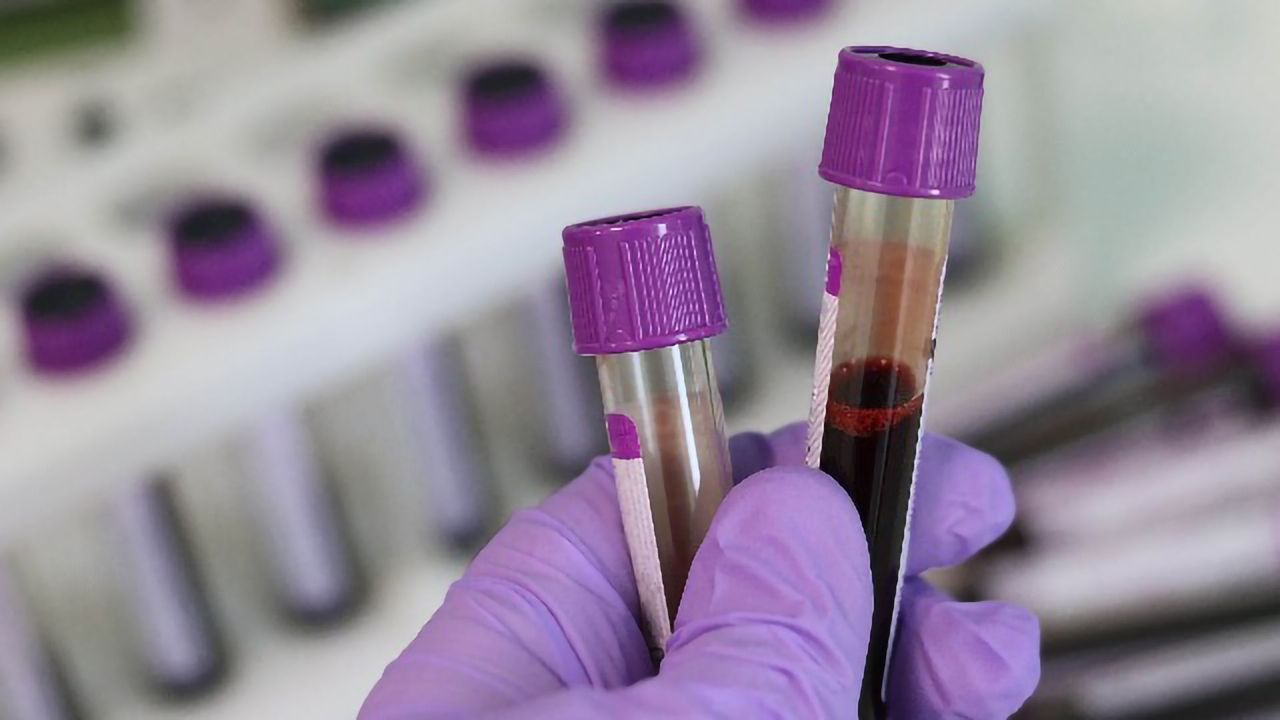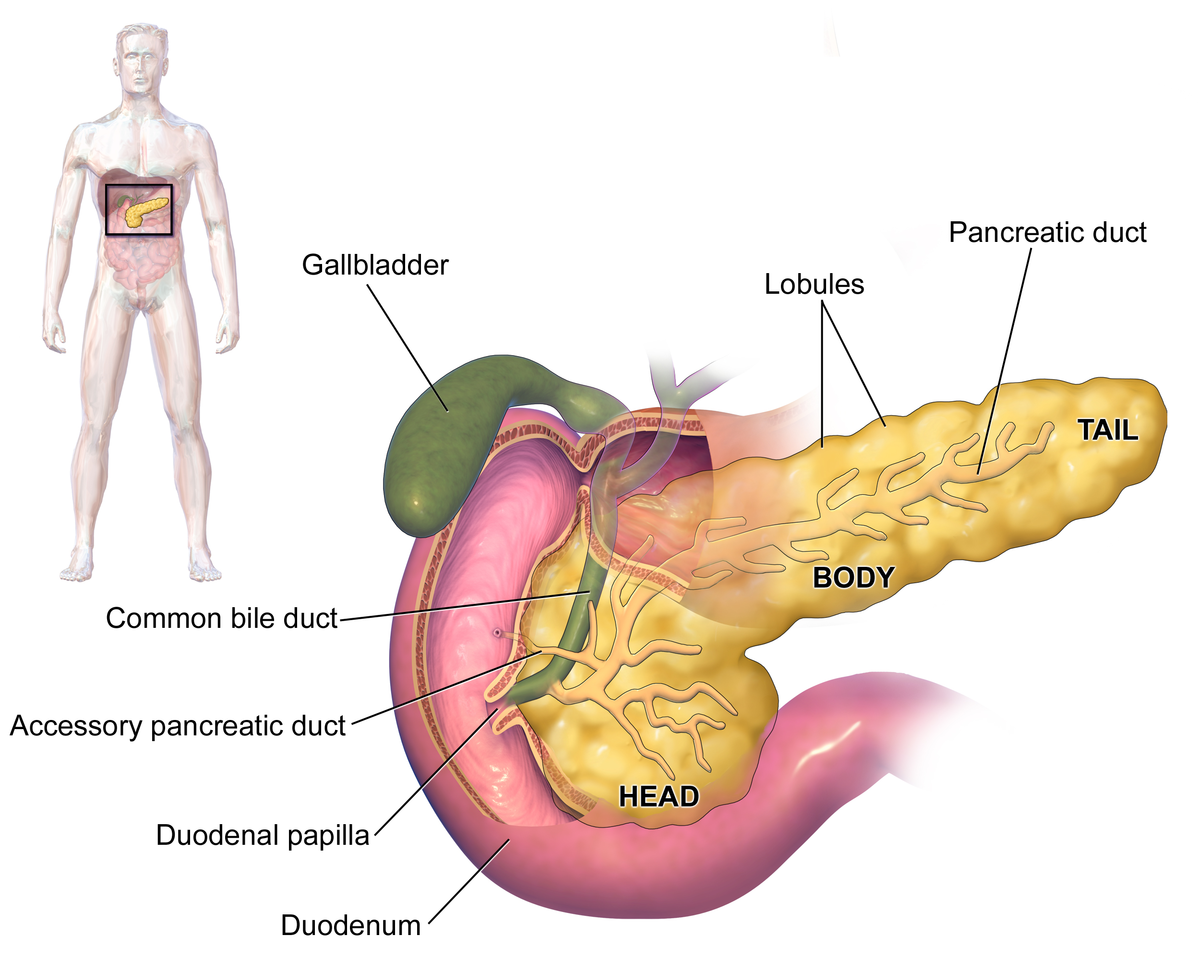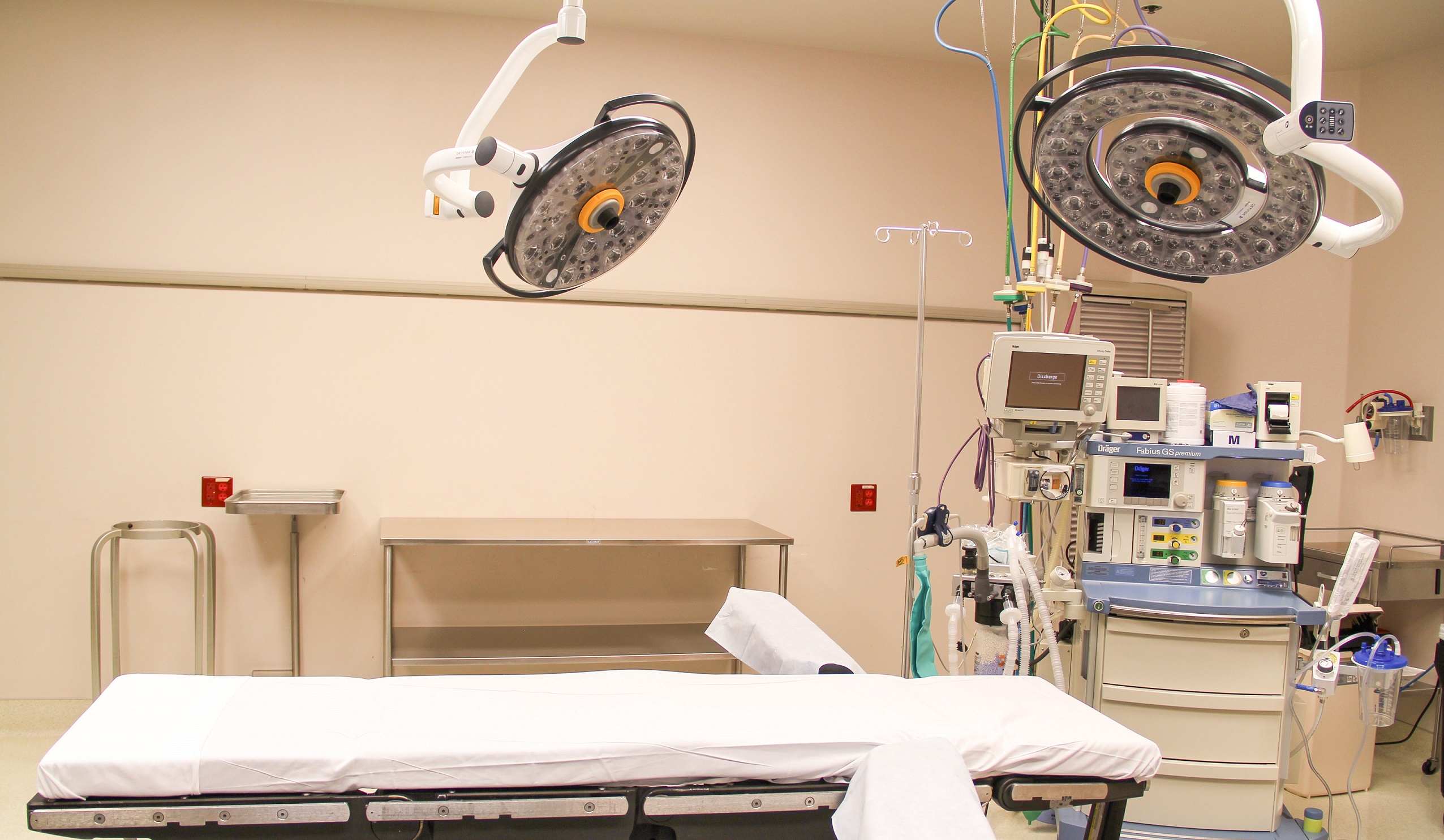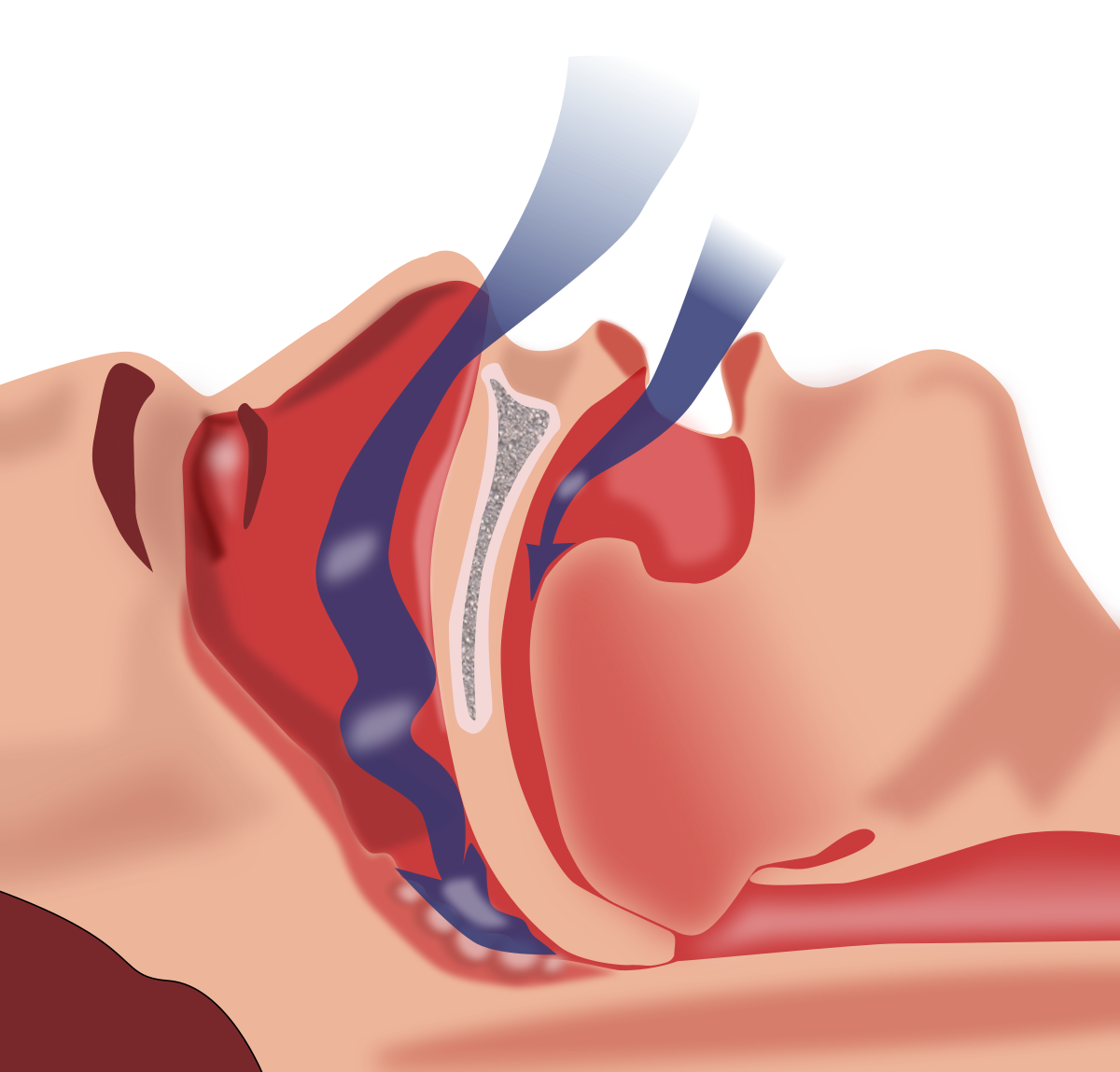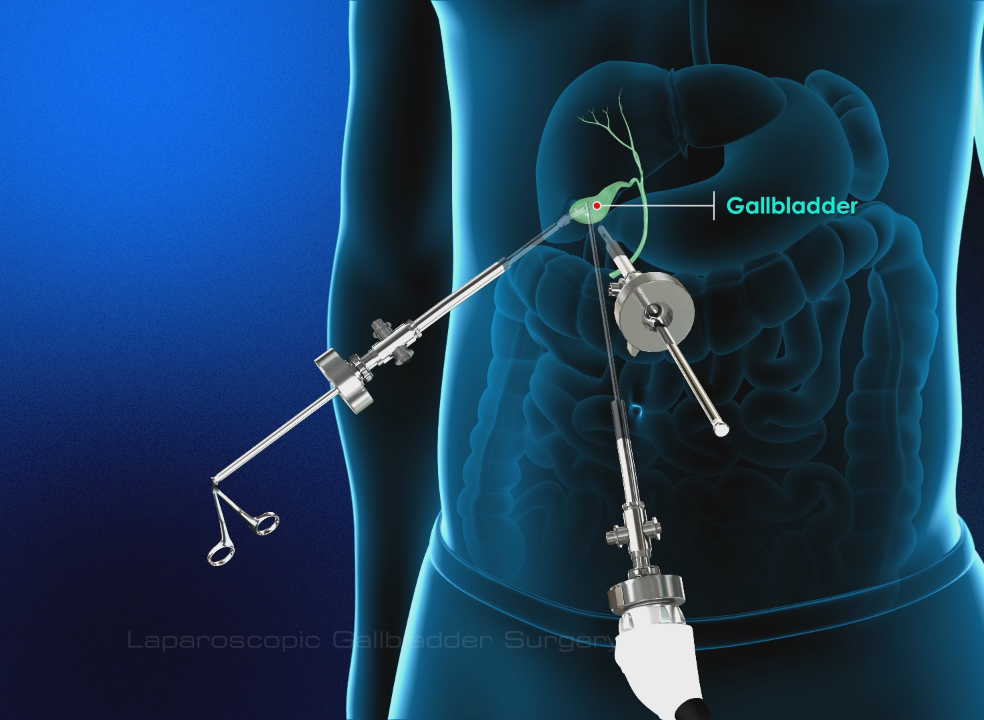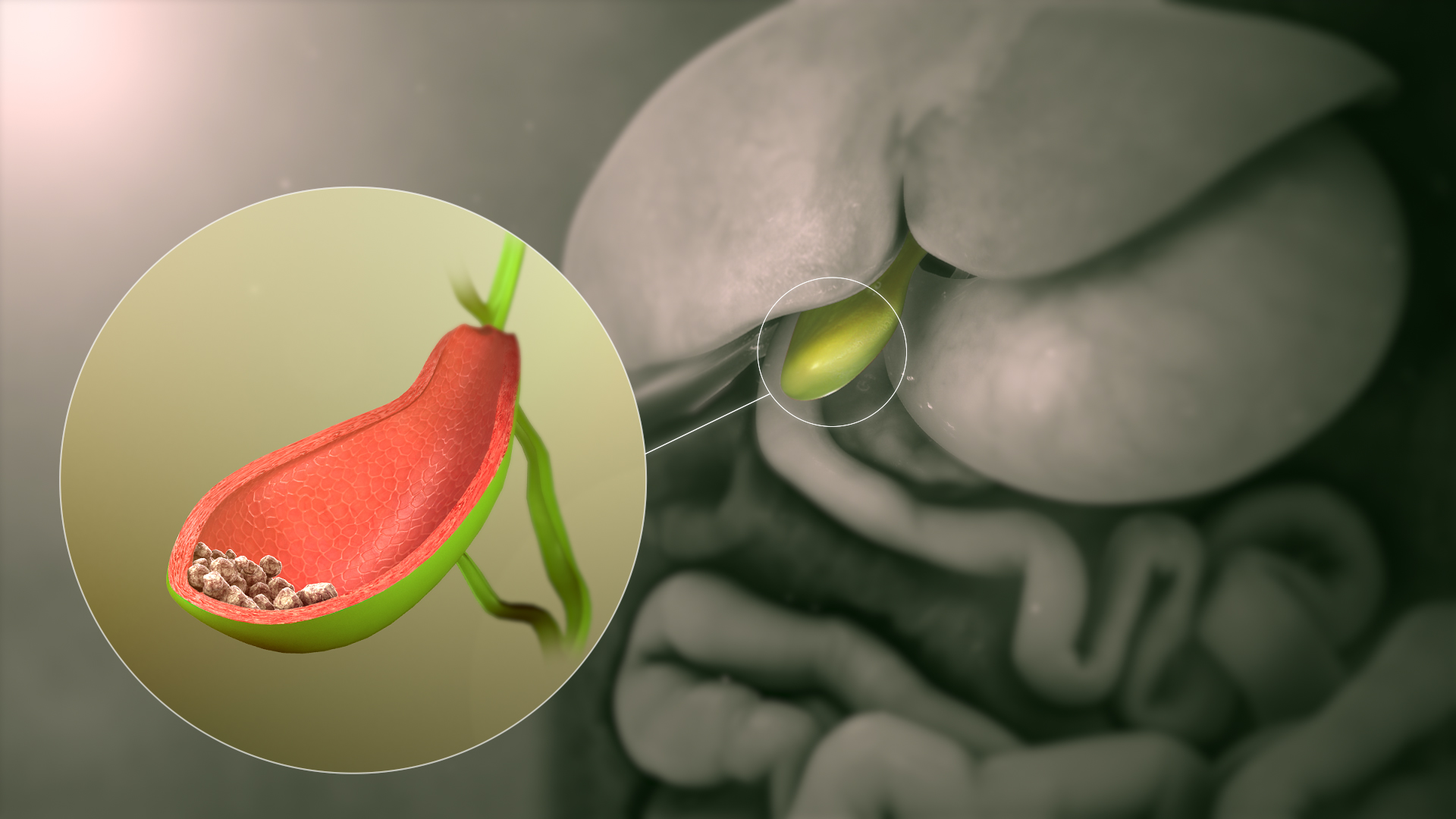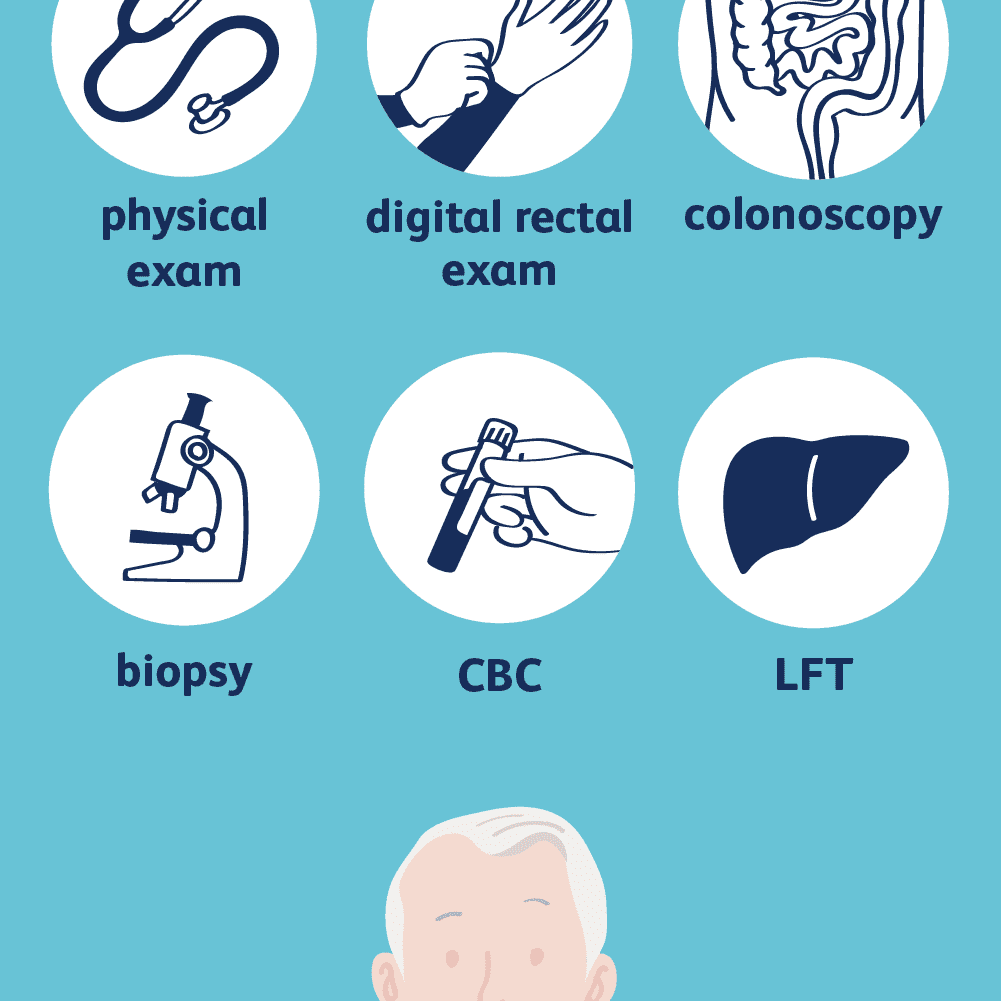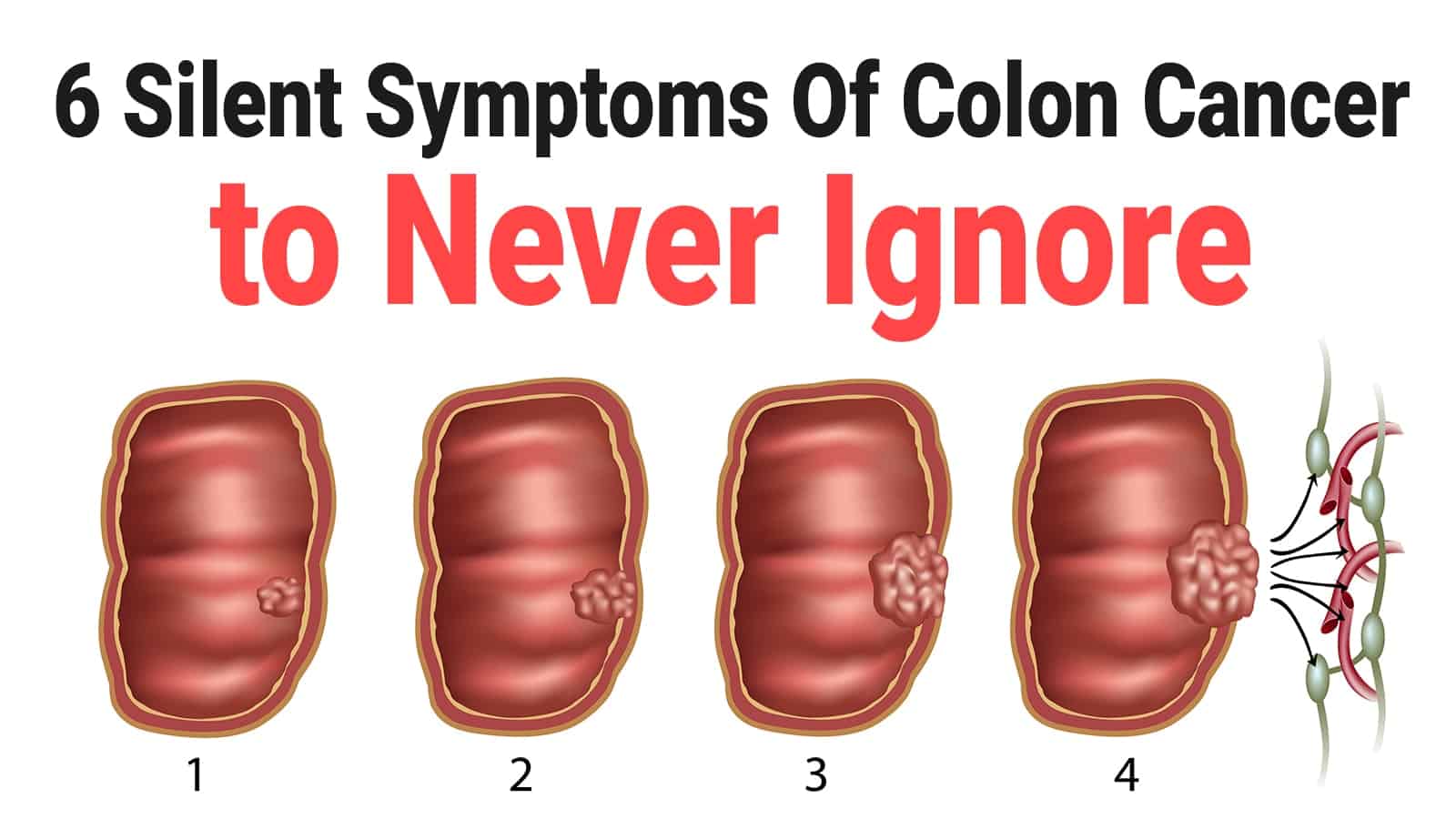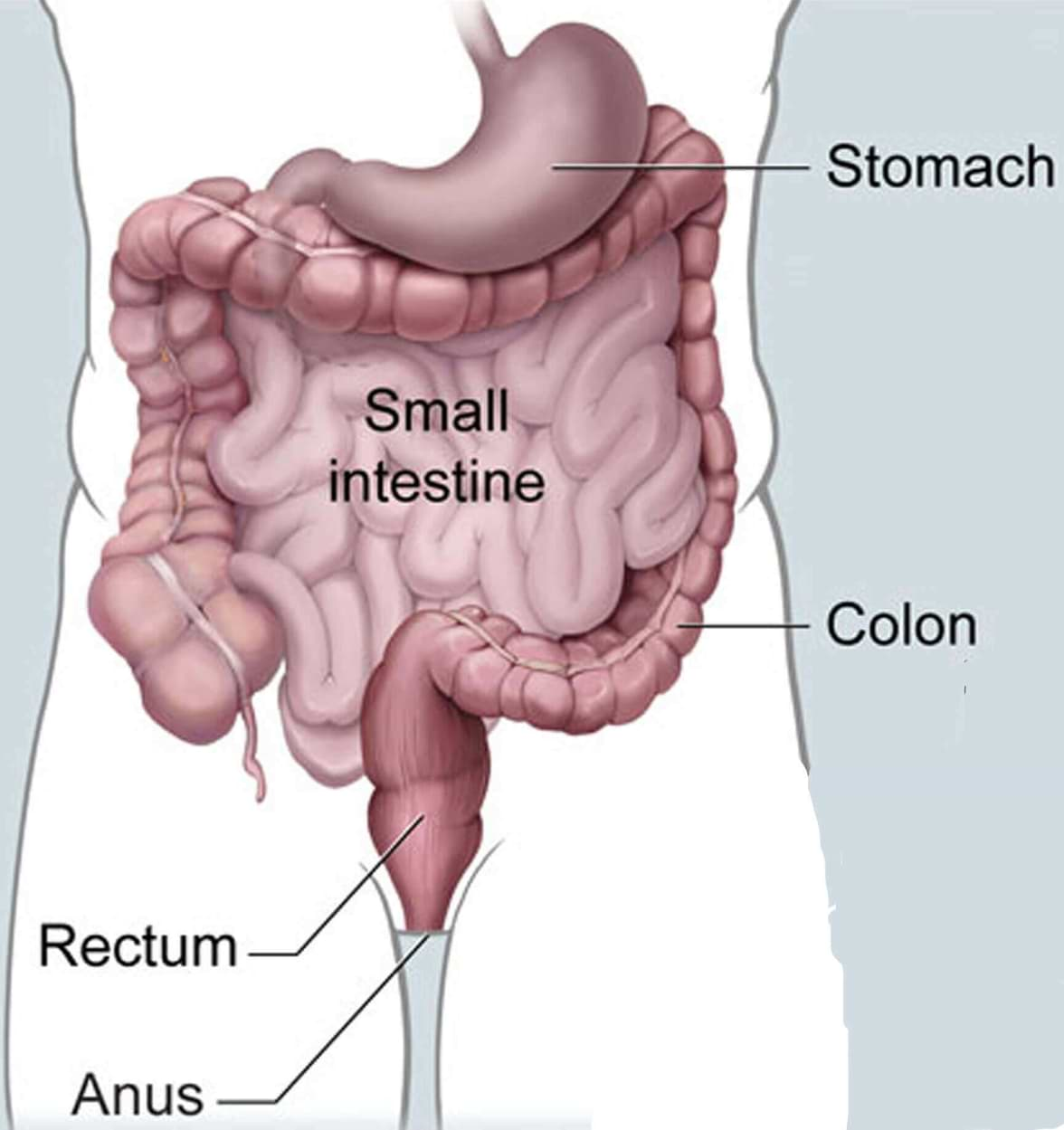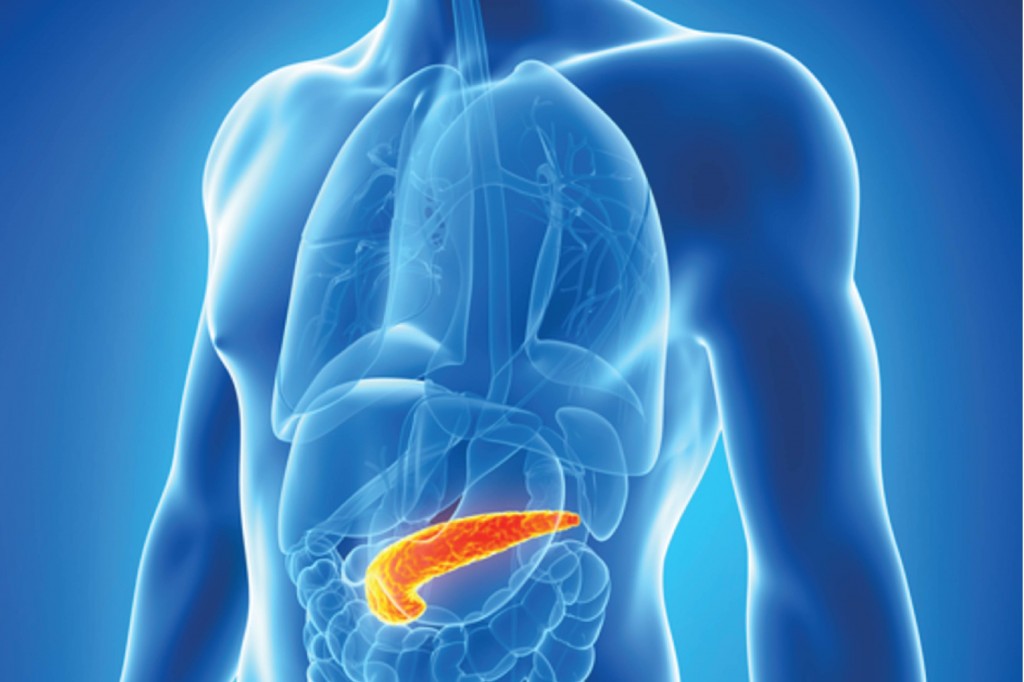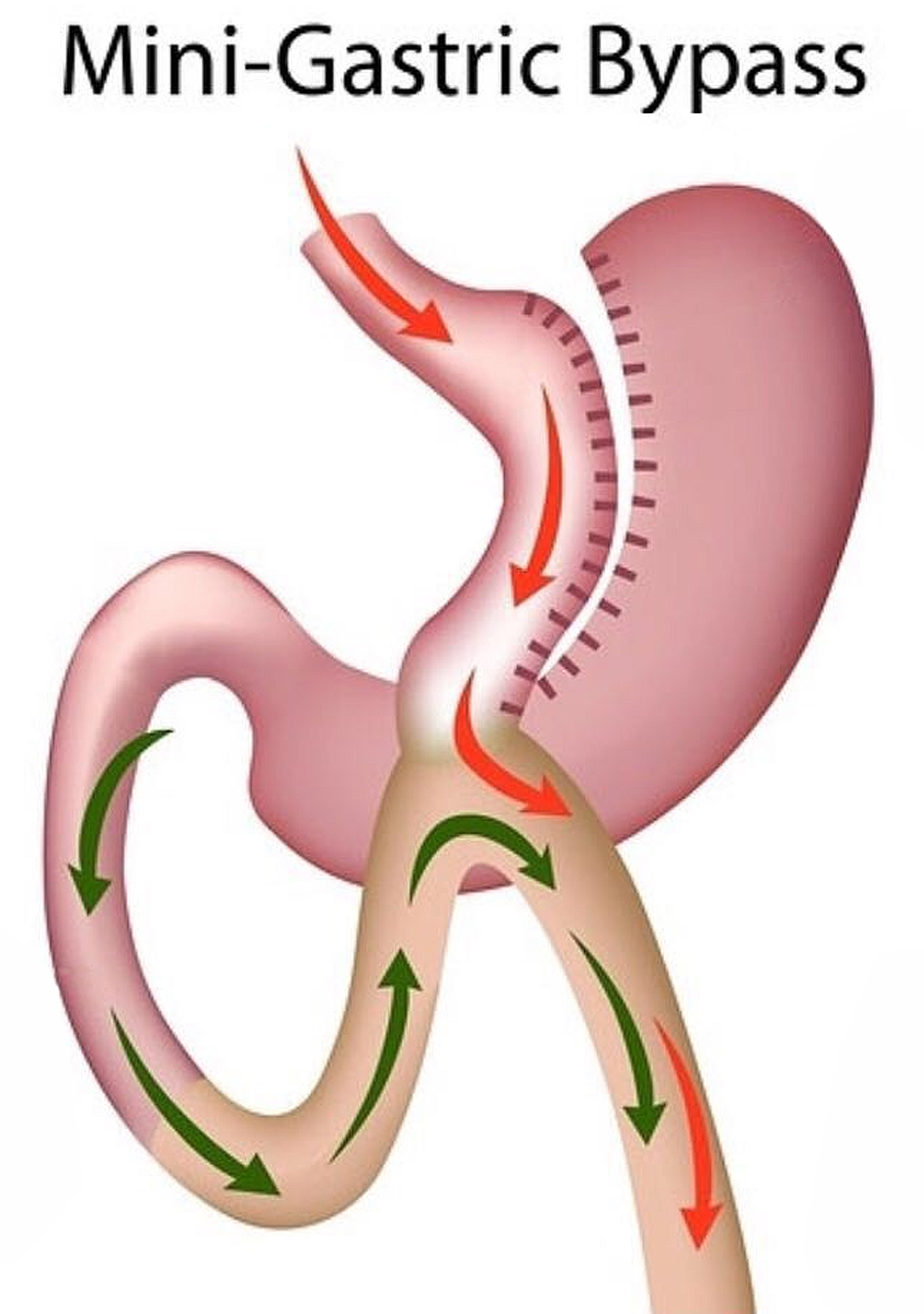Ampullary Cancer
Ampullary Cancer- a rare kind of GI cancer
Ampullary cancer is a rare type of cancer that affects the ampulla of Vater in the gastrointestinal system.
What is Ampullary Cancer?
Ampullary cancer is a rare cancer that forms in an area of your digestive system called the ampulla of Vater. The ampulla of Vater is located where your bile duct and pancreatic duct join and empty into your small intestine.
Ampullary cancer forms near many other parts of the digestive system, such as the liver, pancreas and small intestine. When ampullary cancer grows, it may affect these other organs.
Ampullary cancer treatment often involves extensive surgery to remove the cancer and a large margin of healthy tissue.
Symptoms of Ampullary Cancer
Signs and symptoms of ampullary cancer may include:
- Yellowing of the skin and eyes (jaundice)
- Clay-colored stools
- Abdominal pain
- Fever
- Bleeding from the rectum
- Nausea & Vomiting
- Weight loss
When to see a doctor
Make an appointment with your doctor if you have any persistent signs or symptoms that worry you.
Causes of Ampullary Cancer
It's not clear what causes ampullary cancer.
In general, cancer starts when cells develop changes (mutations) in their DNA. A cell's DNA contains the instructions that tell the cell what to do. The changes tell the cell to begin multiplying uncontrollably and to continue living when normal cells would die. The accumulating cells form a tumor that can invade and destroy normal body tissue.
Risk factors of Ampullary Cancer
Factors that can increase the risk of ampullary cancer include:
- Your age. Ampullary cancer is more common in adults older than 70.
- Being male. Males are slightly more likely to develop ampullary cancer than are females.
- Inherited syndromes that increase cancer risk. Some gene mutations passed through generations of your family can increase your risk of ampullary cancer significantly. Only a small percentage of ampullary cancers are linked to inherited genes. The most common inherited syndromes that increase ampullary cancer risk are familial adenomatous polyposis and Lynch syndrome, which is also known as hereditary nonpolyposis colorectal cancer.
Diagnosis of Ampullary Cancer
Tests and procedures used to diagnose ampullary cancer include:
- Passing a thin, flexible scope down your throat (endoscopy). Endoscopy is a procedure to examine your digestive system with a long, thin tube (endoscope) equipped with a tiny camera. The endoscope is passed down your throat, through your stomach and into your small intestine to view the ampulla of Vater.
Special surgical tools can be passed through the endoscope to collect a sample of suspicious tissue.
Endoscopy can also be used to create images. For instance, endoscopic ultrasound may help capture images of ampullary cancer.
Doctors may also inject a dye into your bile duct using endoscopy in a procedure called endoscopic retrograde cholangiopancreatography. The dye shows up on X-rays and can show blockages in your bile duct or pancreatic duct. - Imaging tests. Imaging tests may help your doctor understand more about your cancer and determine whether it has spread beyond the ampulla of Vater. Imaging tests may include endoscopic ultrasound, endoscopic retrograde cholangiopancreatography, magnetic resonance cholangiopancreatography and computerized tomography.
- Testing cancer cells in the laboratory. A sample of cancer cells removed during endoscopy or surgery can be analyzed in the lab to look for characteristics that might guide treatment and prognosis.
Treatment of Ampullary Cancer
Ampullary cancer treatment options may include:
- Surgery to remove the pancreas and small intestine. The Whipple procedure (pancreaticoduodenectomy) involves removing the head of your pancreas as well as a portion of your small intestine (duodenum), your gallbladder and part of your bile duct.
The Whipple procedure can be done using a large incision in your abdomen, or as a minimally invasive surgery, which uses several small incisions. - Minimally invasive surgery. For very small ampullary cancers and precancerous tumours, it may be possible to remove the cancer with tools passed through an endoscope (endoscopic surgery). This may be an option in certain situations.
- Combined chemotherapy and radiation. Chemotherapy uses drugs to kill cancer cells. Radiation therapy uses beams of energy, such as X-rays and protons, to kill cancer cells. Used together, these treatments may be more effective for ampullary cancers.
Combined chemotherapy and radiation may be used before surgery, to make it more likely that a cancer can be removed completely during an operation. The combined treatment can also be used after surgery to kill any cancer cells that might remain. - Chemotherapy alone. Chemotherapy is sometimes used after surgery to kill cancer cells that might remain. In people with advanced ampullary cancer, chemotherapy may be used alone to slow the growth of the cancer.
- Treatment to reduce pain and discomfort. If other treatments aren't possible or aren't helping, your doctor may recommend treatments that focus on making you feel more comfortable. This can include surgery to place a small wire mesh tube (stent) in your bile ducts to drain fluid that causes your skin and eyes to yellow.
What to expect from your doctor
Your doctor is likely to ask you a number of questions. Being ready to answer them may allow time later to cover other points you want to address. Your doctor may ask:
- When did you first begin experiencing symptoms?
- Have your symptoms been continuous or occasional?
- How severe are your symptoms?
- What, if anything, seems to improve your symptoms?
- What, if anything, appears to worsen your symptoms?
For any health related query, consult with our experts here-
Reference
- https://www.mayoclinic.org/diseases-conditions/ampullary-cancer/symptoms-causes/syc-20355066
- https://www.hopkinsmedicine.org/health/conditions-and-diseases/ampullary-cancer
- https://my.clevelandclinic.org/health/diseases/21905-ampullary-cancer
- https://www.ncbi.nlm.nih.gov/pmc/articles/PMC4966534/
- https://emedicine.medscape.com/article/276413-overview

